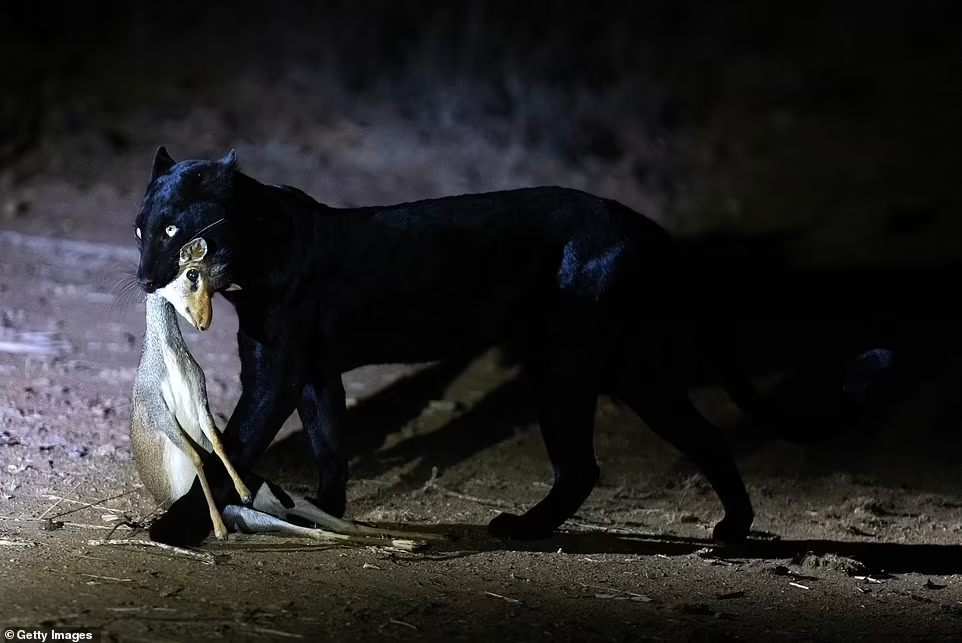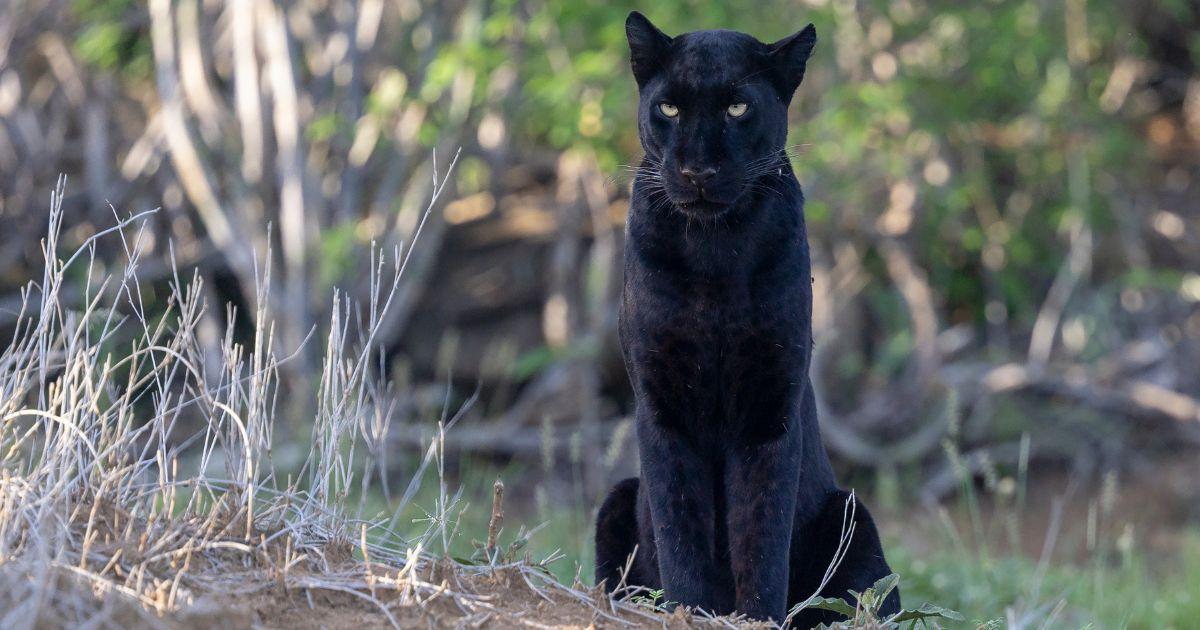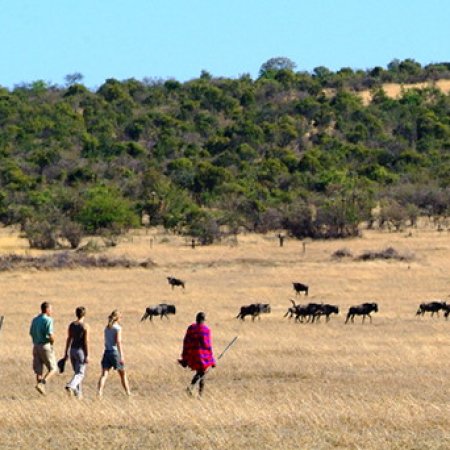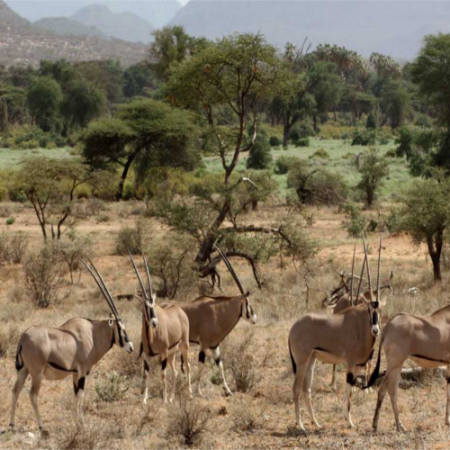Introduction
Deep in the bushlands and rolling terrain of Laikipia County, Kenya, lives a creature of whispers and shadow, Giza Mrembo, the black leopard also known locally as a “black panther.” Her name in Swahili translates as “beautiful darkness”, a fitting tribute to her sleek, midnight coat. Rare, elusive, and increasingly famous among wildlife photographers and guides, Giza has become something of a legend. This is her story so far—what we know, what remains a mystery, and what it might take to see her in the wild.
What Makes Her Special
-
Melanism, not a different species: Giza Mrembo is a typical leopard (Panthera pardus) with melanism; a genetic mutation that produces an excess of melanin, giving her coat an almost completely black appearance. However, under the right lighting, her faint rosettes or spots can still be seen.
-
Scarcity and visibility: Black leopards are extremely rare worldwide, and even more so in Africa, making sightings exceptionally uncommon. However, Giza’s growing tolerance of safari vehicles and her tendency to appear in specific areas have made encounters more likely, though still far from guaranteed.
Discovery and Early Sightings
-
Giza first drew wider attention around 2019, when photographer Will Burrard-Lucas captured photographic evidence via camera traps of a melanistic leopard in Laikipia.
-
Later, local trackers and guides began to observe a young black leopardess moving through areas like Laikipia Wilderness Camp and along the Ewaso Narok River. She was given the name Giza Mrembo (“beautiful darkness”)
Behavior and Where She Roams
-
Giza is now estimated to be about two years old (as of 2023–2024 reports) . She was seen as a cub with her spotted mother, feeding on drought victims during severe dry spells
-
She appears active mostly in the late afternoon/evening and at night. Some of her emblematic behavior includes crossing riverbeds at sunset to hunt.
-
Her territory includes Laikipia Wilderness Camp, and conservancies like Loisaba, Ol Jogi, and neighboring areas offering wildlife connectivity and cover.
Challenges and Conservation Significance
-
Elusiveness: Even with experience and tracking, she remains very hard to follow. Sighting her requires patience, luck, and local guide knowledge.
-
Human interest risk: Increased visitor interest and photography can mean disturbance. To address this, Laikipia Wilderness and associated lodges have developed ethical guidelines (e.g. limiting vehicles, restricting spotlight use, limiting time near the leopard) to reduce stress on her.
-
Symbol of hope: Giza is a powerful symbol of what remains possible in wildlife conservation—especially for rare genetic variants like melanistic leopards. Her successful sightings prove that wilderness still holds magic, if given the space and protection.
Tips for Spotting Giza Mrembo

If you’re hoping to see Giza in the wild, here are tips based on what’s known so far:
-
Stay several nights in a conservancy or camp known to be in her territory (e.g. Laikipia Wilderness Camp) to allow adjustment and observation windows.
-
Go on evening or night drives—she’s more active after sunset, and that’s when many sightings have happened.
-
Book a Black Leopard Private Vehicle or Shared Vehicle, if offered, to get priority during sighting calls. Guides familiar with her patterns are key.
-
Respect her space: no excessive spotlighting, limit time, follow guidelines that minimize disturbance. She’s a wild cat, not a performance.
Where to Go and When
-
Best places: Laikipia Wilderness Camp, Loisaba Conservancy, Ol Jogi, areas along the Ewaso Narok River.
-
Best time: Evening to night, after dry seasons when animals are more predictable; also after sunset is key. Some visitors suggest times when the moon is lower or during darker nights to increase contrast and visibility.
Conclusion
Giza Mrembo’s story is still unfolding—but it already captivates hearts and inspires respect for Kenya’s remaining wild places. She bridges the gap between myth and reality: a living, breathing embodiment of “beautiful darkness.” For wildlife lovers, photographers, and conservationists, she represents both a rare opportunity and a responsibility: to observe, protect, and share this magic wisely.
If you’re planning a safari in Laikipia, consider dedicating time and respect to wild cats like Giza.




